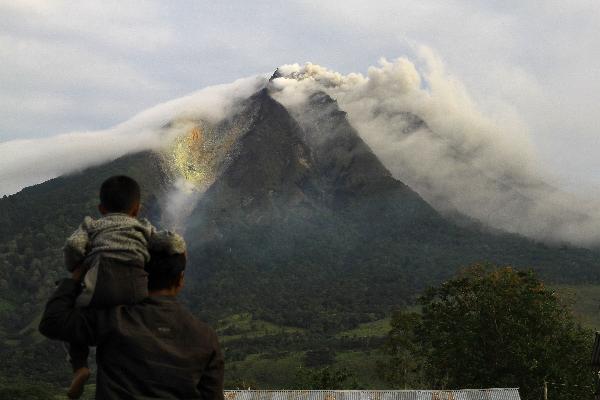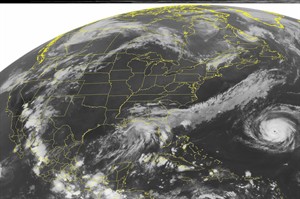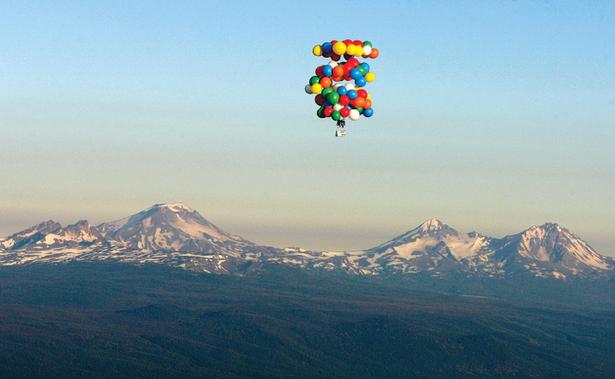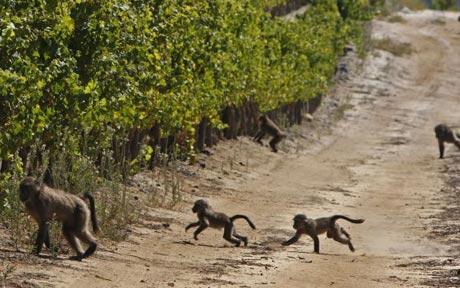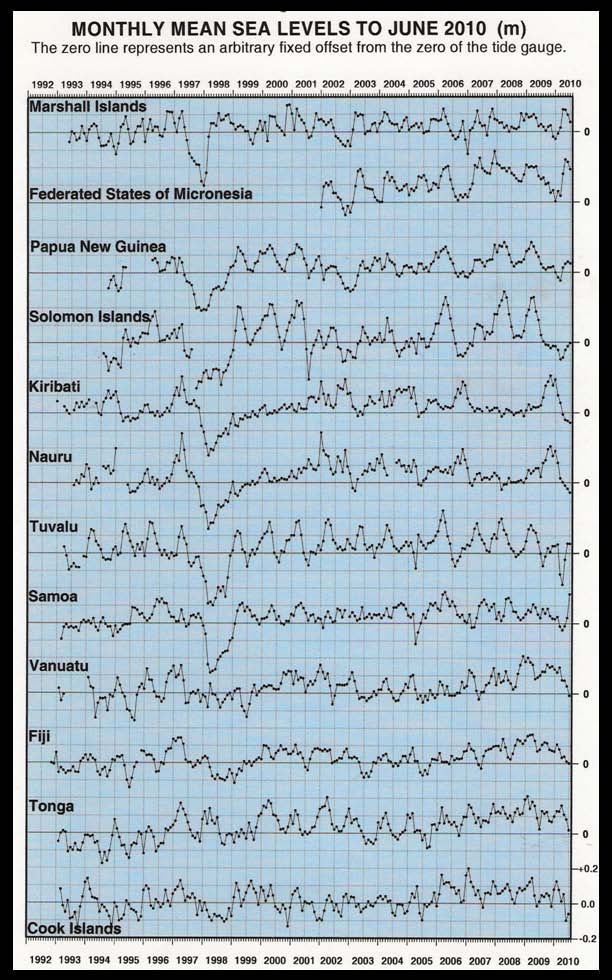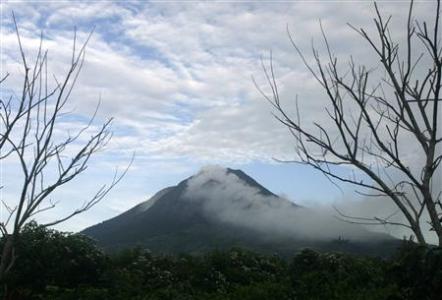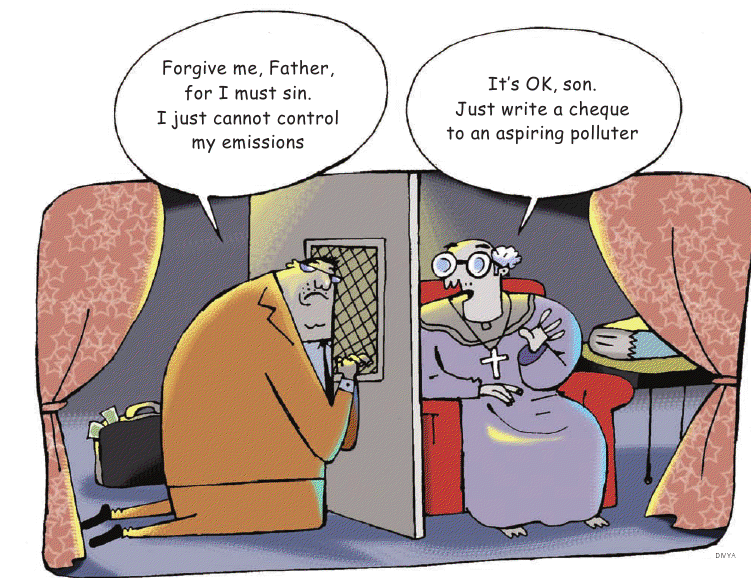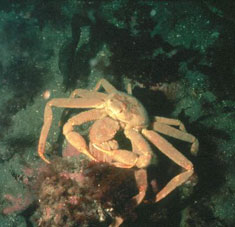
© Unknown
Large clusters of a type of snow crab called benizuwaigani have been discovered around methane vents at the bottom of the Sea of Japan, but scientists are not quite sure why.
Methane may play an important role in the feeding habits of the crab, as microorganisms are known to gather around methane vents to receive nutrients, providing the crabs with a source of food, researchers from the University of Tokyo and other institutes speculated when the finding was announced Wednesday.
Experts believe the Sea of Japan may be home to deposits of methane hydrate, a methane compound with a sherbet-like texture known as "burning ice" for its potential uses as a next-generation fuel source.
"We might be able get some insights on methane hydrate exploration by looking into these crab clusters," said Prof. Ryo Matsumoto of the University of Tokyo.
The research team noted that the sea off Niigata Prefecture is home to both methane deposits and the benizuwaigani crab. Using an underwater robot called Tsuna Sando, the group photographed 12 locations of 800 square meters (2,624.7 square feet) each at the bottom of the sea 30 (18.6 miles) to 40 kilometers (24.85 miles) off Naoetsu Port, a site known as a major benizuwaigani habitat.
